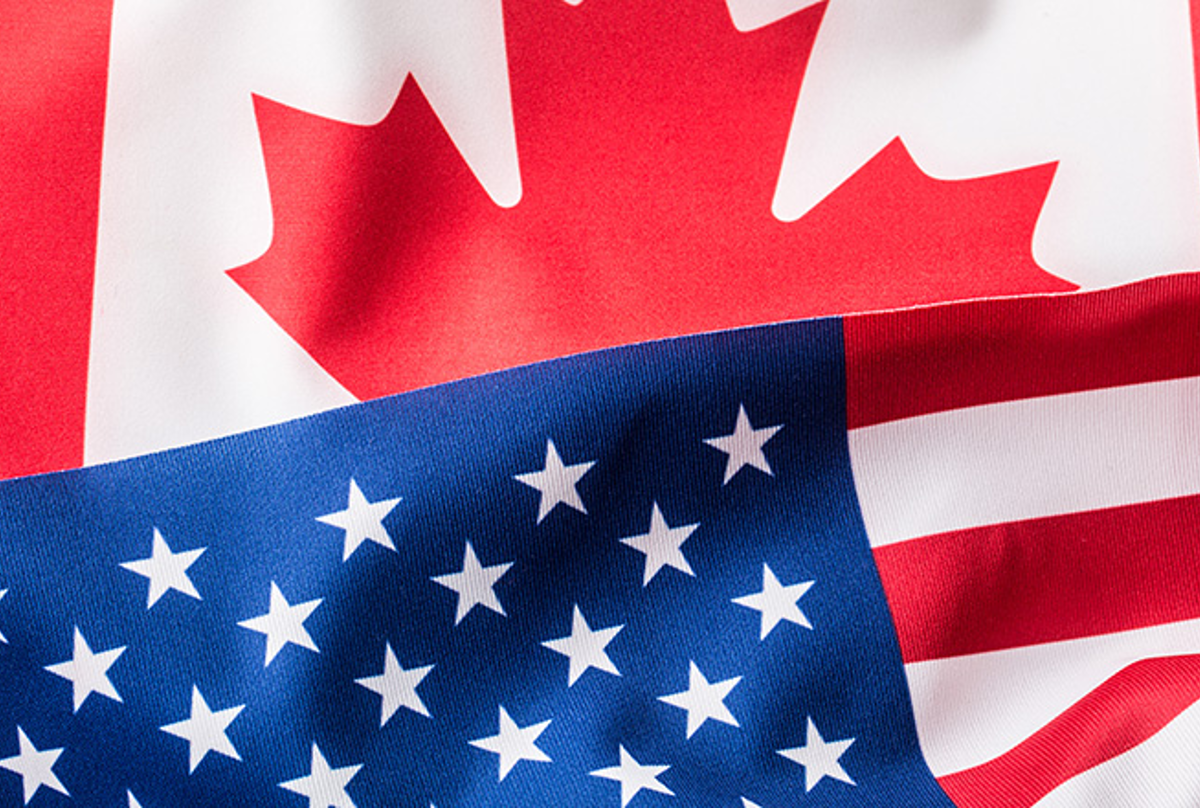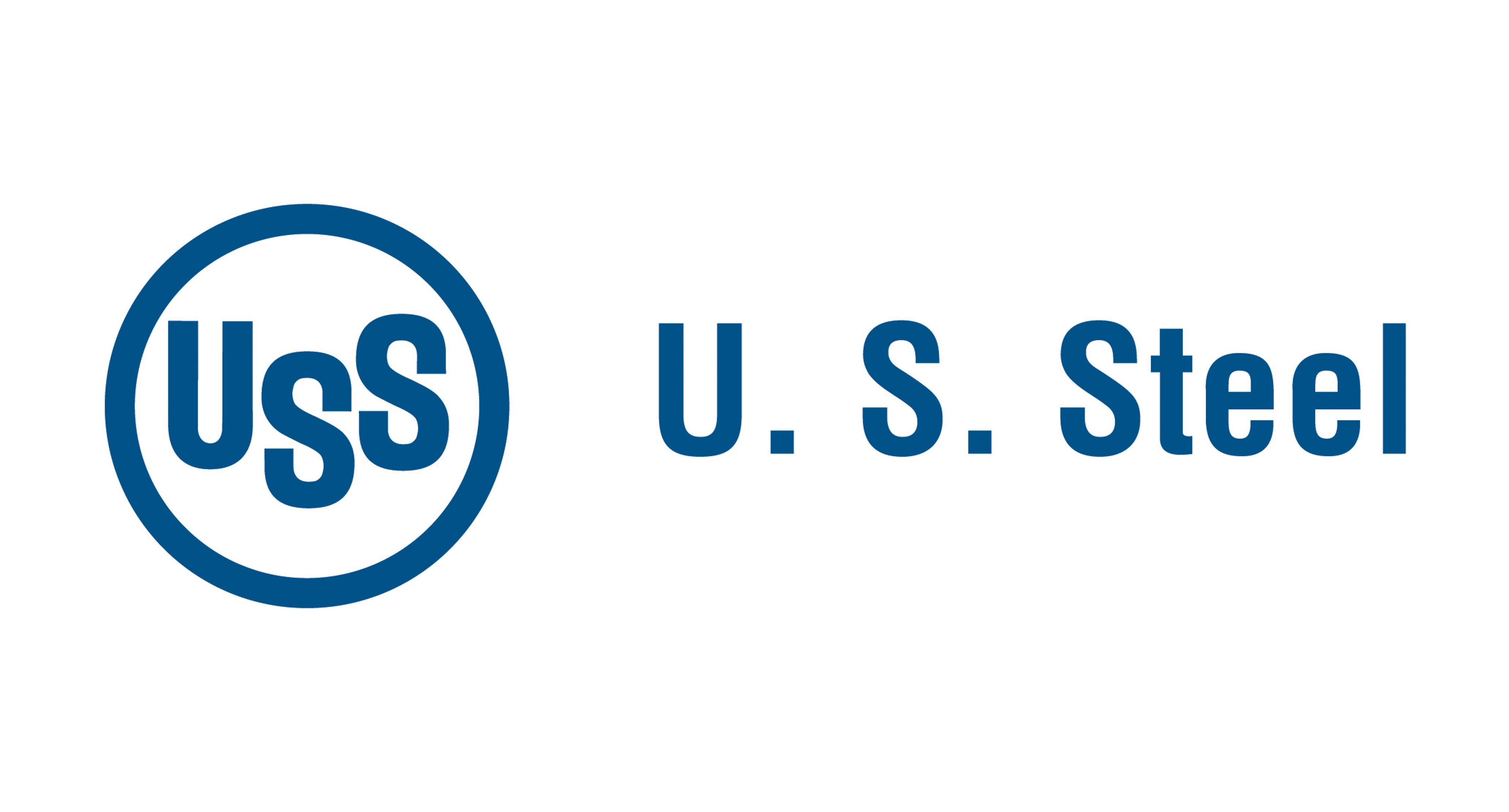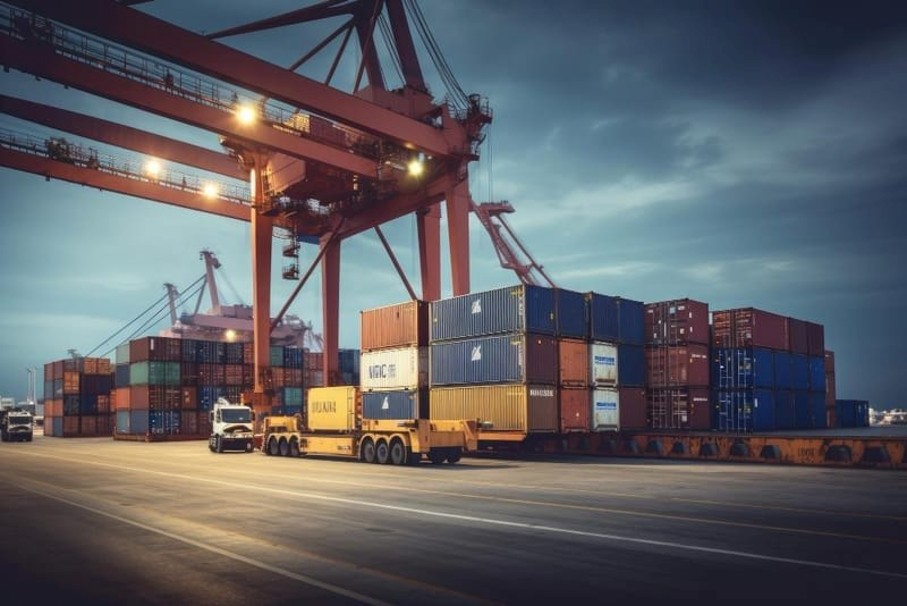Government/Policy

August 24, 2025
Price on trade: What a difference a year makes!
Written by Alan Price & John Allen Riggins
As everyone surely knows by now, the SMU Steel Summit starts on Monday in Atlanta, Ga. So, this is a great opportunity to reflect on how much has changed since the 2024 Summit. Certainly, no one could have imagined the wholesale and transformative changes to U.S. and global trade policy.
Obviously, the biggest change was the presidential administration. Last year, we were all speculating about who would be in the White House and how that might impact trade priorities.
Would we move towards more tariff carveouts for countries and products? Or would the measures get stricter? Would there be a global arrangement converting trade policy into climate policy? Would we continue massive Bidden-era subsidies targeted towards certain steel-making interests? Or would we address decarbonization by letting the market handle inefficient, high-emission legacy operations?
That’s just a partial list. Here are a few more that were up for debate last year. Would the federal government favor the EU approach of subsidizing investment or let the market work by giving greater tax breaks for investing in America, including in steel making? Would the government allow Cleveland-Cliffs to roll up all integrated iron and steel making capacity in the U.S. or let Nippon Steel take over and revitalize U.S. Steel?
Of course, we now have answers on the questions above and much more. The second Trump administration has reset the board and, in many ways, replaced the board with an entirely new game – a game with “evolving and uncertain” rules. These rules are being rolled out at an unprecedented pace that is difficult to keep up with for industry and lawyers alike.
The post-World War II global trading system that was slowly rotting and decaying is now being burnt to the ground. It became increasingly apparent that global trading rules were largely based on the honor system, and there were plenty of bad actors willing to exploit the system with massive subsidies and uneconomical capacity. Those bad actors made it increasingly difficult for market-based actors to compete.
It is uncontroversial to say that parties now acknowledge that the status quo was unsustainable. But the second Trump administration has essentially abandoned the guardrails of the antiquated multilateral trading system.
While the Biden administration continued President Trump’s policies on Section 232 and paralyzing the WTO by eliminating the appellate body, it was otherwise focused on restoring convention rules and relationships with allies – while edging out the “bad” actors. The problem was that the bad actors could simply transship through neighboring countries (including our “allies”) or set up shop in those countries to take advantage of US trading partners’ special arrangements.
The second Trump administration has taken a wrecking ball to the global trade rules and made its first administration look like it was riding on training wheels. Between reciprocal tariffs, other tariffs based on the International Emergency Economic Powers Act (IEEPA), and an ever-expanding number of Section 232 investigations, the global trading system has been fundamentally and inalterably changed. It is far from certain where this will all head.
These changing patterns have inevitably impacted the domestic steel industry. The first Trump administration introduced the idea of broad national security tariffs on steel and aluminum, which the Biden administration continued (with extensive carveouts). The second Trump administration doubled down on Section 232. We now know that the exemptions degraded the overall effectiveness of the measures, so the administration has decided to take an even firmer stance this time around.
This included eliminating country-specific tariff rate quotas and exemptions. It axed the Section 232 tariff exclusion process, which allowed millions of tons of steel to avoid the duties and which rendered the tariffs almost useless. Most recently, the administration raised Section 232 duties on imported steel to 50% from the previous 25%.
In addition to removing these carveouts, the Section 232 duties now cover downstream derivative steel products. Initially, only a handful of downstream products were included in the Section 232 duties. Earlier this year, however, the Trump administration introduced a new process that allowed US manufacturers to request that their products be covered as well.
After all, what’s the point of applying duties on steel mill products if foreign mills can just funnel their tons through downstream products made abroad and shipped to the United States? This month, hundreds of derivative steel products were added to the Section 232 lists, including appliances, transportation equipment, and other machinery. Interested parties will have another opportunity to request inclusions in September and January, so the list of the products covered will only grow.
These aggressive actions are necessary because the global steel overcapacity crisis has accelerated. The Organization for Economic Co-operation and Development (OECD) issued a report charting a resurgence in overcapacity growth following nominal and superficial capacity closures in previous years. This overcapacity is ripping through third-country markets and displacing production.
Lastly, we would be remiss to overlook a topic that dominated the Biden era: climate policy. Several months ago, the EU apparently approached the Trump administration and said that it was willing to accept the US global arrangement terms for steel and aluminum. The US government’s response purportedly was: “You should have taken that deal when you had the chance.”
Last year, we were discussing renewable energy and clean-energy component manufacturing credits under the Inflation Reduction Act. Those incentives have been gutted. The idea of some form of carbon border adjustment was also gaining steam in the Biden administration and on Capitol Hill. That talk has all but died.
Massive “climate” subsidies for new facilities and the staff assigned to grant them have been largely gutted, and unspent funds are being repurposed. The current administration is still focused on spurring production in priority sectors (e.g., copper, aircraft, drones, trucks, critical minerals, steel and aluminum).
But, so far, that has been mostly through Section 232 and trade law enforcement, rather than through grants. In the steel industry, the combined effects of improved trade law enforcement, Section 232 duties, and new tax policies, are leading to substantial investment, improving capacity utilization rates, greater efficiency, and even decarbonization. That decarbonization is happening because the Trump administration is creating an environment for the new to replace the old and inefficient.
In short, there will be a lot to talk about at the Summit. We look forward to seeing everyone there.
Editor’s note
This is an opinion column. The views in this article are those of an experienced trade attorney on issues of relevance to the current steel market. They do not necessarily reflect those of SMU. We welcome you to share your thoughts as well at info@steelmarketupdate.com.

Alan Price
Read more from Alan Price






